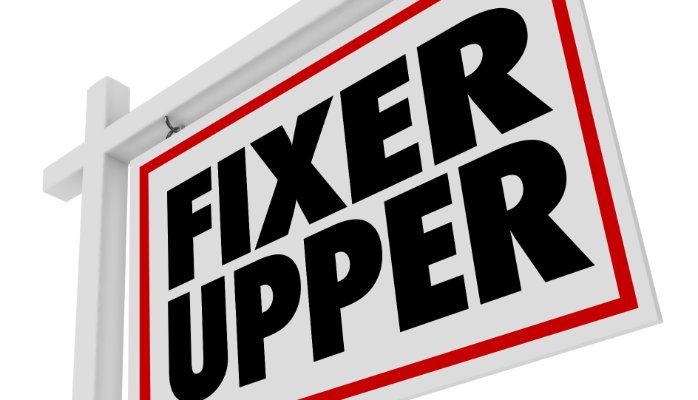Purchasing property is a major financial decision that must be based on research. Residential buildings at a lower price may appear to offer value, but without the right plan can spell disaster. Before making a purchase, learn ten ways to make buying a fixer-upper worth it.
1. Speak to a Real Estate Agent about the Neighborhood
Analyzing community buying and sales patterns and house values influences the worth of a fixer upper investment. Experienced agents are familiar with and able to discuss property development, community information, and future environmental plans. These processes can have a significant impact on resale value.
2. Request a Thorough Home Inspection
Homes that require fixing may possess structural and aesthetic problems. To create a renovation budget and determine valuable returns, determine the expense. One may not notice extensive plumbing, heating, and electrical problems that prove costly to repair and may not increase property worth.
3. Call on a Contractor for a Quote
An experienced and certified contractor must be contacted. The completion of a thorough assessment can aid in determining areas that need to be fixed and restored. The estimate will aid in creating a fair budget to address the fixtures.
4. Assess the Financial and Personal Demands of Fixer-Uppers
The purchase of a home must prove affordable. The expense associated with older houses can prove hard on your wallet, but is also disruptive. Determine the value of the renovations and the period of inconvenience for the family.
5. Create a Schedule
Determine when to buy a house. Preparation for a future purchase aids in developing a budget. This will aid in maintaining an appropriate schedule.
6. Understand Property Regulations
Consult with the municipality to obtain building permit regulations. Many renovations will require approval by the council. There is the option to request the permit as a condition of sale.
7. Carefully Plan Valuable Improvements
Renovations must provide a return on an investment. Developing a dream property requires a profitable resale value. Look at local properties and whether additions involving wood and hardware provide the greatest worth.
8. Create a Reasonable Budget
Invest in high quality counter tops rather than costly wooden kitchen cabinetry. Permanent fixtures and features including flooring and lighting are more valuable than cosmetic improvements. Smart energy efficient lights can save money and provide aesthetics.
9. Avoid Major Personalization
Create a custom home that appeals to many different tastes. The resale should appeal to various needs. This will prevent poor market results.
10. Create a Realistic Challenge
Save on costs and get creative with a D. I. Y approach. Reduce labor expense by painting and improving cabinet hardware yourself. The right planning can assist in making valuable investment decisions.

